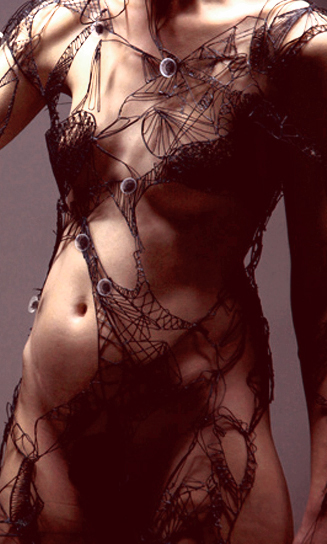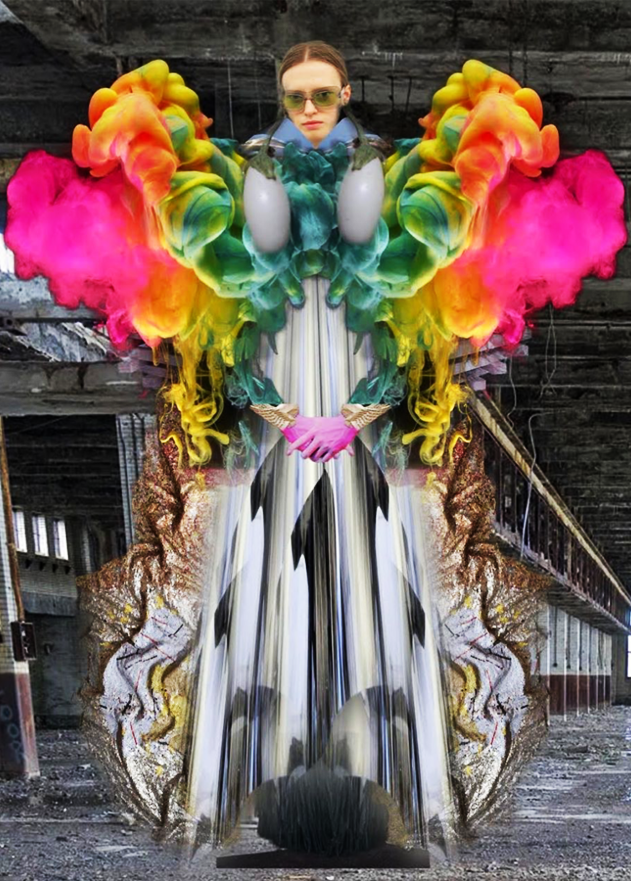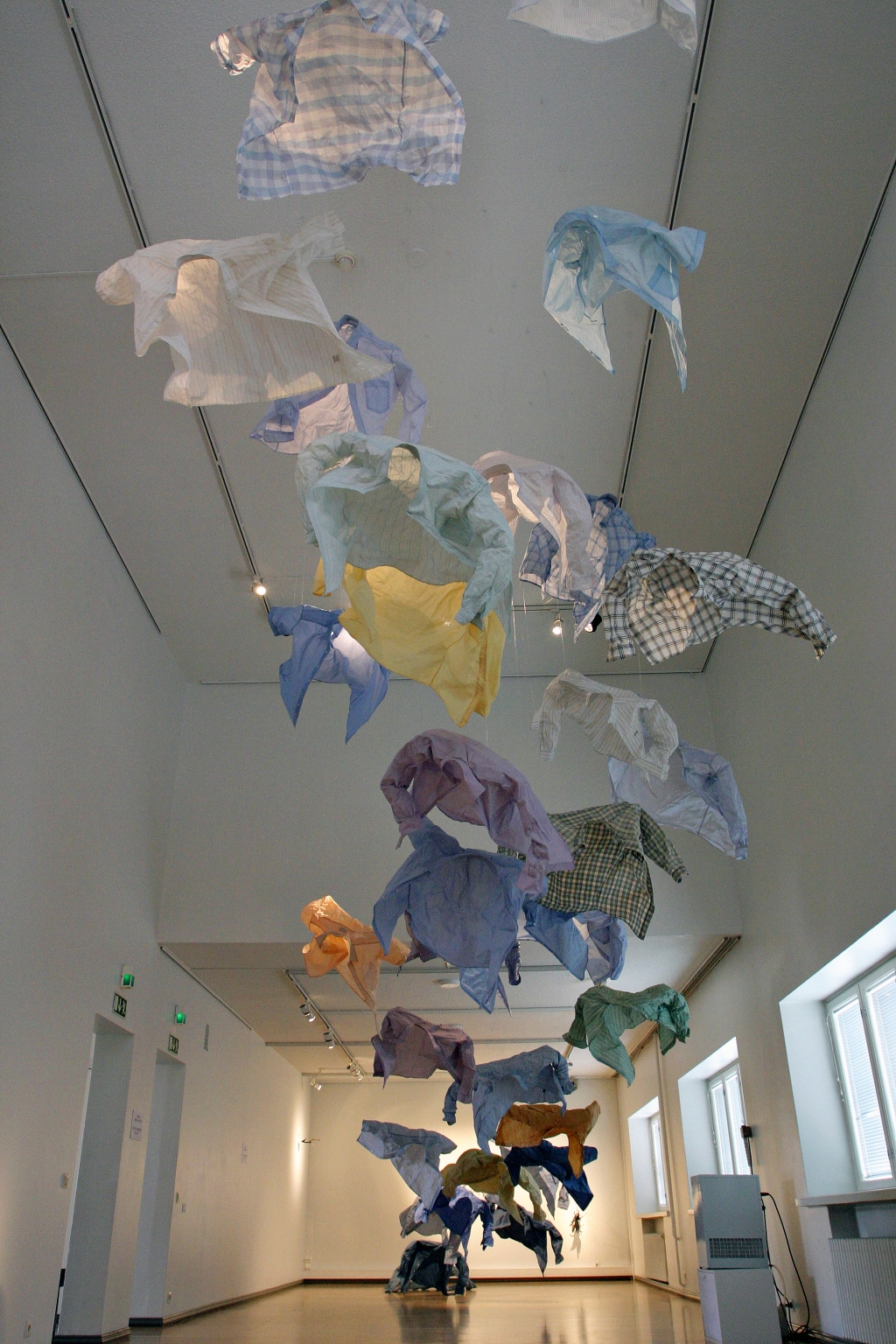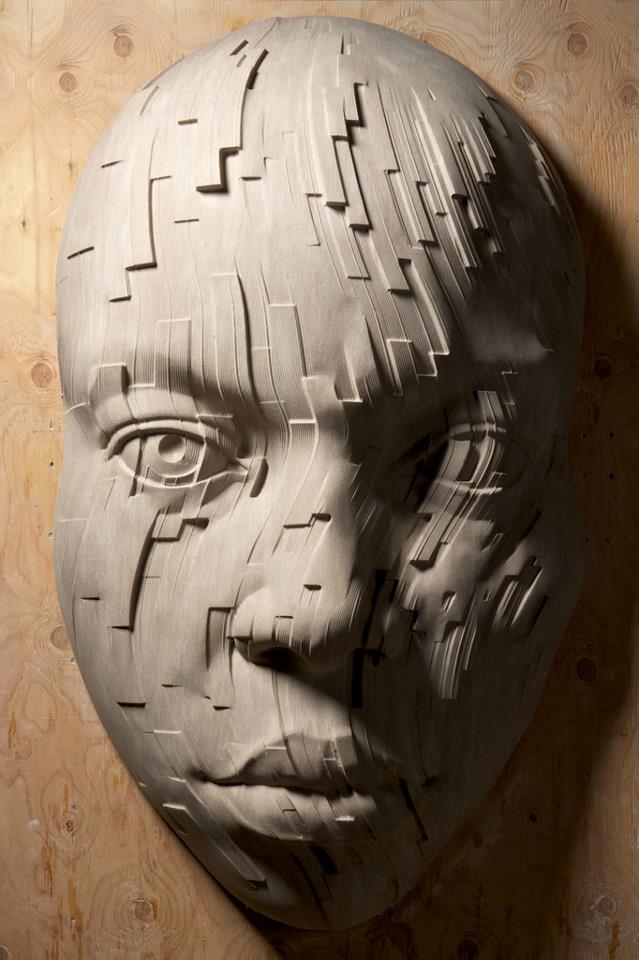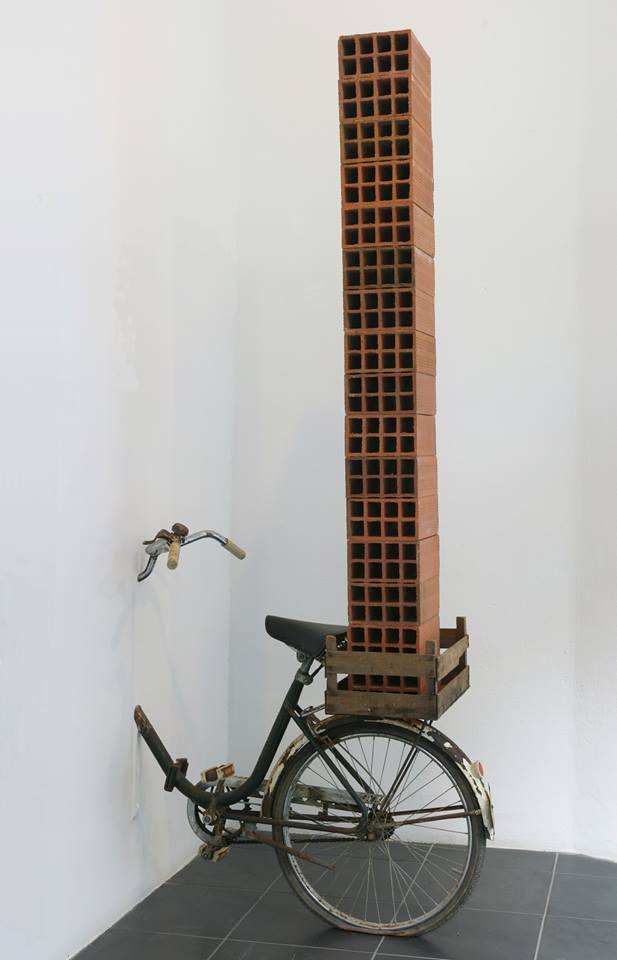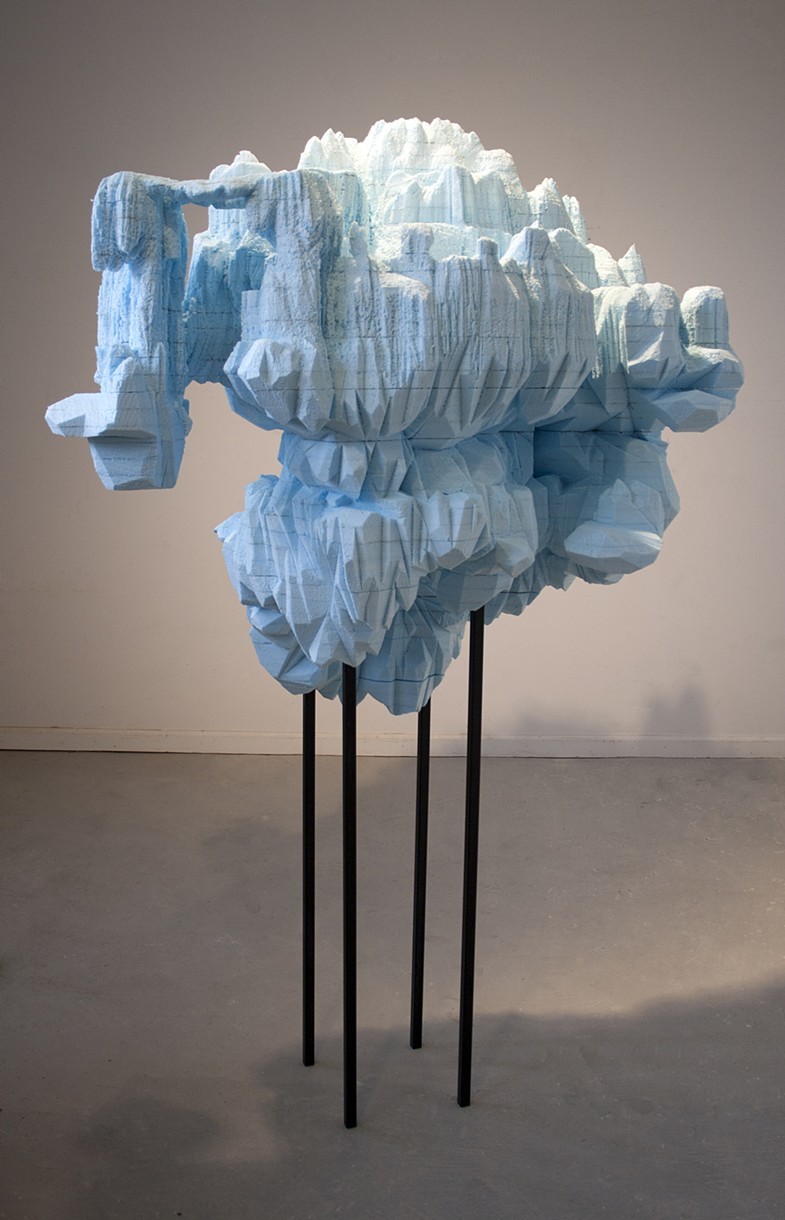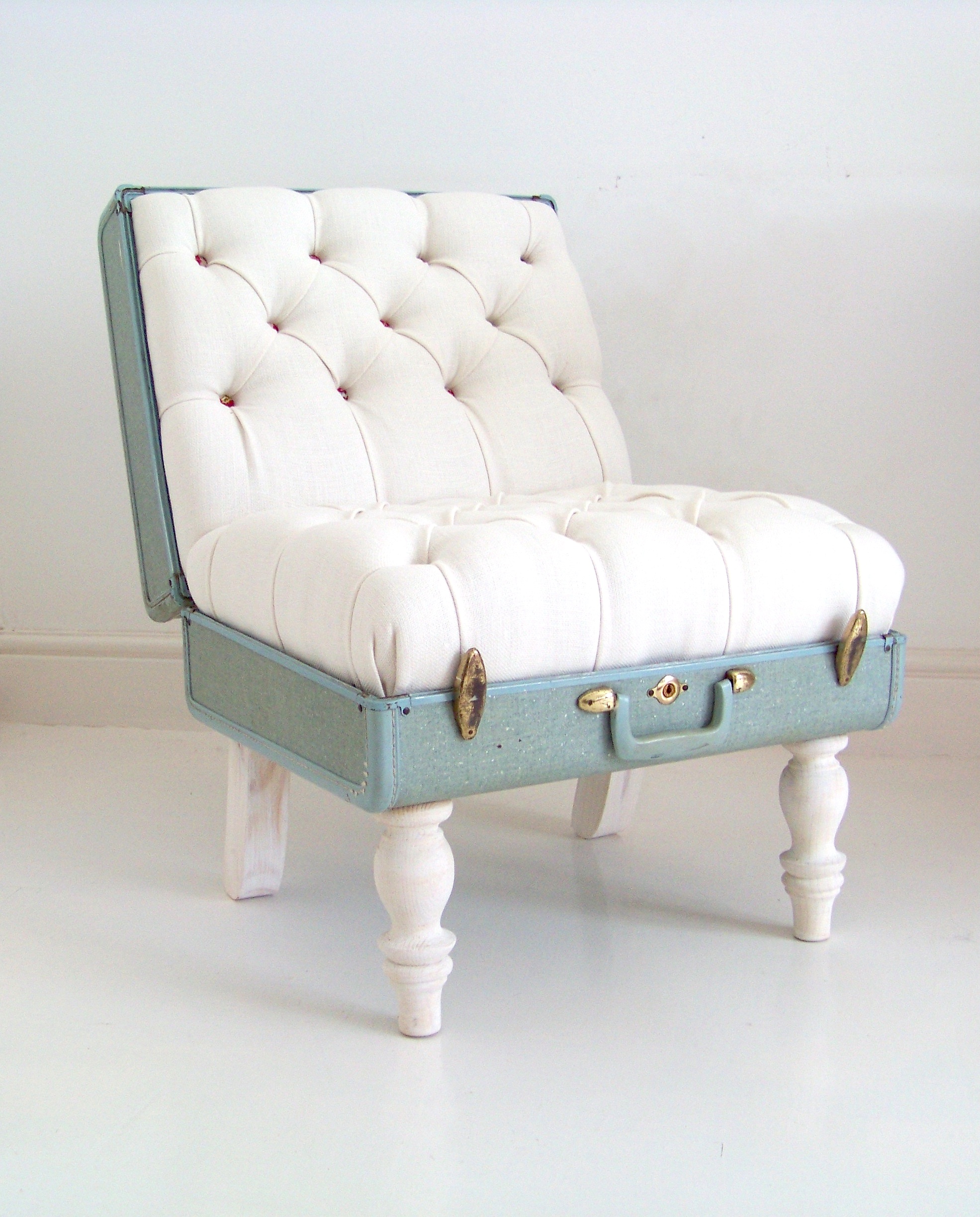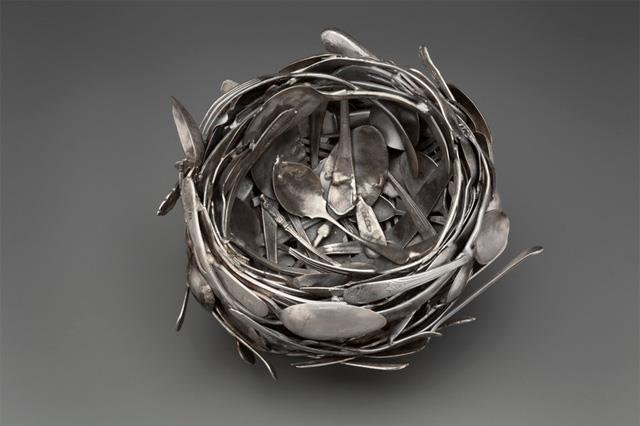
Irina Dzhus
DZHUS SS21
Now that sustainable consumption is a more relevant topic than ever, DZHUS has created a collection inspired by the variety of packaging, to draw attention to the importance of recycling. The SS21 designs interpret the visual and structural peculiarities of boxes, packets and wraps of all kinds. Multi-purpose use of clothing has always been crucial to DZHUS, as a revolutionary method to minimise customers’ shopping and diversify their wardrobe at the same time. All pieces from the spring/summer line are transformers, and most garments can be modified into bags in a swift and playful manner.






